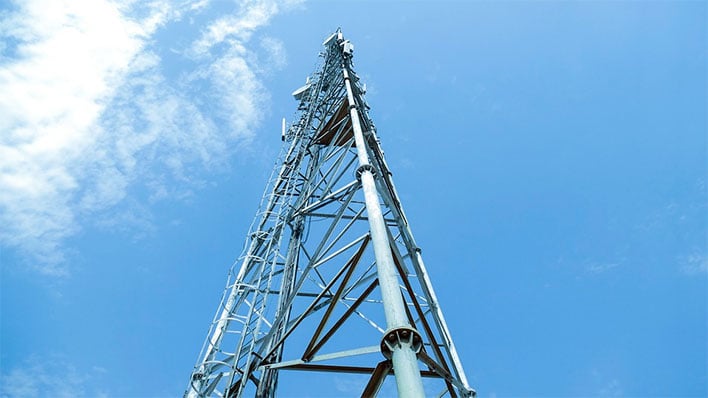If you've ever wandered through a city you might have noticed tiny cell towers for 5G placed on poles for street lighting. They look like small boxes however, they're actually transmitting wireless signals from cellular providers to your phone.
The smaller ones are being replaced by the larger, purpose-built cell towers. While what is a safe distance from a 5g cell tower 're not as noticeable however, they could cause issues for users.
safe distance to live from cell phone tower is the Federal Communications Commission's Radiation Exposure Thresholds
The FCC's Radiation Exposure Thresholds determine the maximum amount of time one can expose to electromagnetic energy generated by wireless devices. The limits for exposure are based upon scientific research that show that RF energy could cause harm to health.
The rate of absorption called the specific absorption rate (SAR) is an indication of the amount of radiofrequency energy absorption by tissues. It is typically 1.6 milliwatts per kilogram spread over a kilogram of tissue.
Since 5g is able to transmit at higher frequencies and has the potential to cause greater energy intensity on the skin and other exposed body parts. This could result in many possible harms, such as an increase in appearance of skin conditions like dermatitis, cataracts, and skin cancer.
Due to the potential for negative effects of 5G radiation, PSU has chosen to establish a general, localized maximum power density of four mW/cm2 averaged on 1cm2, and never exceeding 30 minutes for all 5G services running at 3000 GHz. This limit for localization is in line with the highest spatial-average SAR of 1.6 W/kg, which is averaged over 1 grams of tissues at six GHz.
The FCC's Maximum Exposure Thresholds for Maximum Exposure
If you've ever used a cell phone, you're probably aware that a safe range from the tower should be at least 400 meters. This is because the power of transmission from a cell tower increases dramatically the further your location from the tower.
While it sounds like a good idea, the reality is that people who live close to towers might be more susceptible to health issues. For instance, a 2014 study in India discovered that people who lived within 50m of cell towers experienced significant more health issues than those who lived farther distance from them.
But, the study showed that residents who moved to areas further away from cell towers experienced their symptoms improve within a couple of days. Other studies have demonstrated that exposure to extreme amounts of electromagnetic field radiofrequency (EMFs) can cause cancer, brain tumors, and other health problems.
This is due to the fact that RF radiation, which is used in wireless communications, may be absorbed by the body's outer layer of skin. This is important to understand since the skin serves as a shield against injuries caused by mechanical forces, infections from pathogenic microorganisms, as well as entry of toxic substances. Additionally, it is the largest organ in the human body, and is responsible for maintaining the integrity of other organs.

The FCC's Minimum Exposure Thresholds
The FCC's Minimum Exposition Thresholds depend on numerous assumptions that aren't supported by scientific evidence. what is a safe distance from a cell tower includes the false assumption that short-term exposures to RF radiation are safe because of the minimal penetration into the body (i.e. the heating of tissues).
This assumption does not take into account the greater penetration of ELF parts of modulated RF signals and the effects on the body of short bursts generated by RF waves that are pulsed. These assumptions do not correspond with current understanding of the biological effects of RF radiation, and thus, they should not be considered for health protection exposure guidelines.
Additionally to that, ICNIRP and FCC are limiting their maximum exposure limits to local peak SARs based on the peak frequency of absorption (psSAR) that is not a reliable dosimetric instrument to determine the degree of exposure to RF radiation. Particularly the psSAR tool is not accurate for frequencies that exceed 6 GHz. In addition, psSAR is not been evaluated for RF radiation exposed to other environmental agents , such like sunlight. The interactions of RF radiation and other environmental agents may produce synergistic or antagonistic effects. This would result in an increased risk of adverse health effects. For instance, exposure to RF radiation along with exposure to sunlight can raise the chance of skin cancer, and may also exacerbate other skin diseases such as acne.
